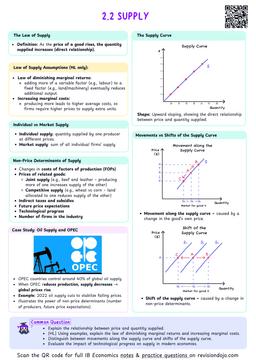While comparative advantage has been used to explain and defend trade liberalisation over the years, it has multiple shortcomings.
Trade Liberalization
To free up international trade by removing trade barriers.
Unrealistic Assumptions
The theory of comparative advantage assumes ideal conditions that rarely exist in practice. These assumptions include:
Factors of production are fixed
- This is highly unlikely as in the real world, factors of production can improve and increase (or decline) over time.
- Factors of production can also move from country to country which is assumed to be not possible in this case. However, it does occur in the real world as labour and capital migrate a lot around the world.
Technology is fixed
- This assumption is highly unlikely since technology is likely to develop and innovate over time which alters comparative advantage.
Perfect Mobility within a country
- This statement assumes that factors of production can be moved easily and without cost from one line of production to another within a country.
- However, there are a lot of costs associated with moving factors in real life and many bureaucratic hassles.
Full employment of all resources
- Countries usually don't produce on their PPC and employ fewer resources than potential leading to higher unemployment, etc.
- Therefore, comparative advantage assuming full employment is different compared to comparative advantage using actual employment.
Homogenous Products
- This assumes all products under a category are identical.
- In reality, products usually differ in quality and are not exactly identical to each other when produced in different countries.
- This often leads to a higher quality of the good to be more sought after, making it not identical.


